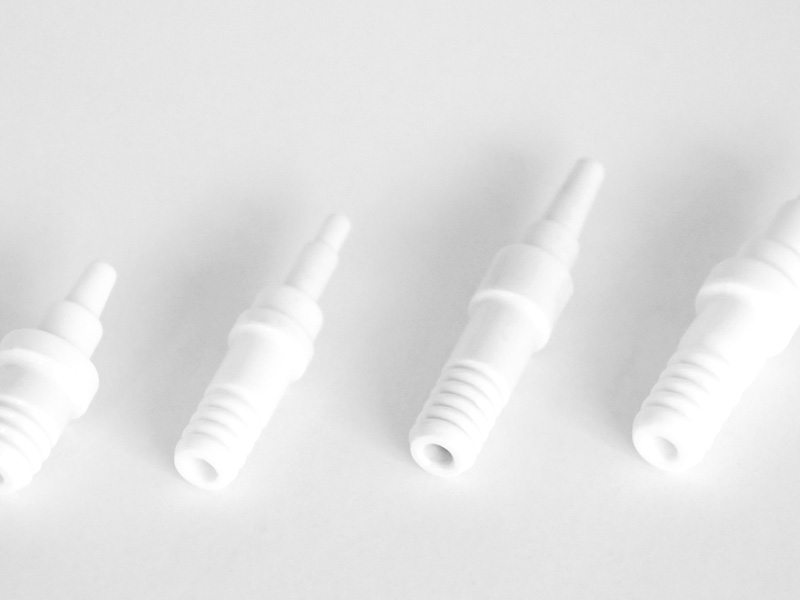Among its many characteristics, alumina ceramics exhibit high hardness and low thermal expansion. They maintain their original dimensions even under high temperature and load. In addition, their typical room temperature modulus of elasticity ranges from 32 x 106 psi to 56 x 106 psi. Such properties make alumina an excellent choice for mechanical seal rings, precision valves, and wire-drawn components.
The production process for alumina includes calcining aluminum oxide at temperatures of up to 1650 deg C. The resulting material is known as tabular alumina. These alumina ceramics possess a high melting point, high thermal temperature, and good strength and are commonly used in vacuum environments. In addition to their superior mechanical properties, they are chemically pure and resistant to chemicals. As a result, high-alumina ceramics are the most widely used in engineering applications.
The alumina ceramic is highly compatible with the tissues. The results of this study indicate that titanium shields can last for up to 25 years. It is also used in orthopedic surgery. Bioceram, a brand of alumina ceramic, is a versatile material that is largely compatible with a patient's body. Its biocompatibility, durability, and fit are superior to the titanium shields used in THA surgery.

After the alumina slurry has been mixed with water and a binder, it is pumped through a series of precipitators. The alumina slurry expands around the seeds and falls to the bottom of the tank. Then, it is filtered again. The final step in the process involves heating to remove the water and impurities from the alumina hydrate. After cleaning the alumina hydrate, it is sent to a gas-fired kiln where it is calcined.
Alumina ceramics can withstand high temperatures and retain 50% of their room-temperature tensile strength. At high temperatures, most metals cannot support their own weight due to oxidation reactions. The mechanical strength properties of alumina ceramics are not affected by high temperatures and uniform heating and cooling will restore the original dimensions of a ceramic part. The most common bonding methods are epoxy bonding, flanges, and brazing to a metallized surface.
Another type of ceramic hip arthroplasty uses alumina ceramic in its articulation. This type of ceramic bearing is ideal for arthroplasty, but there are several concerns associated with its use. The use of ceramic-on-polyethylene bearings is often controversial, and some research has not been conducted on its long-term results. However, some studies have reported a high fracture risk associated with these implants. If the ceramic resurfaces during surgery, the risk of fracture is reduced by using polyethylene liners.
 EN
EN
 Chinese
Chinese







